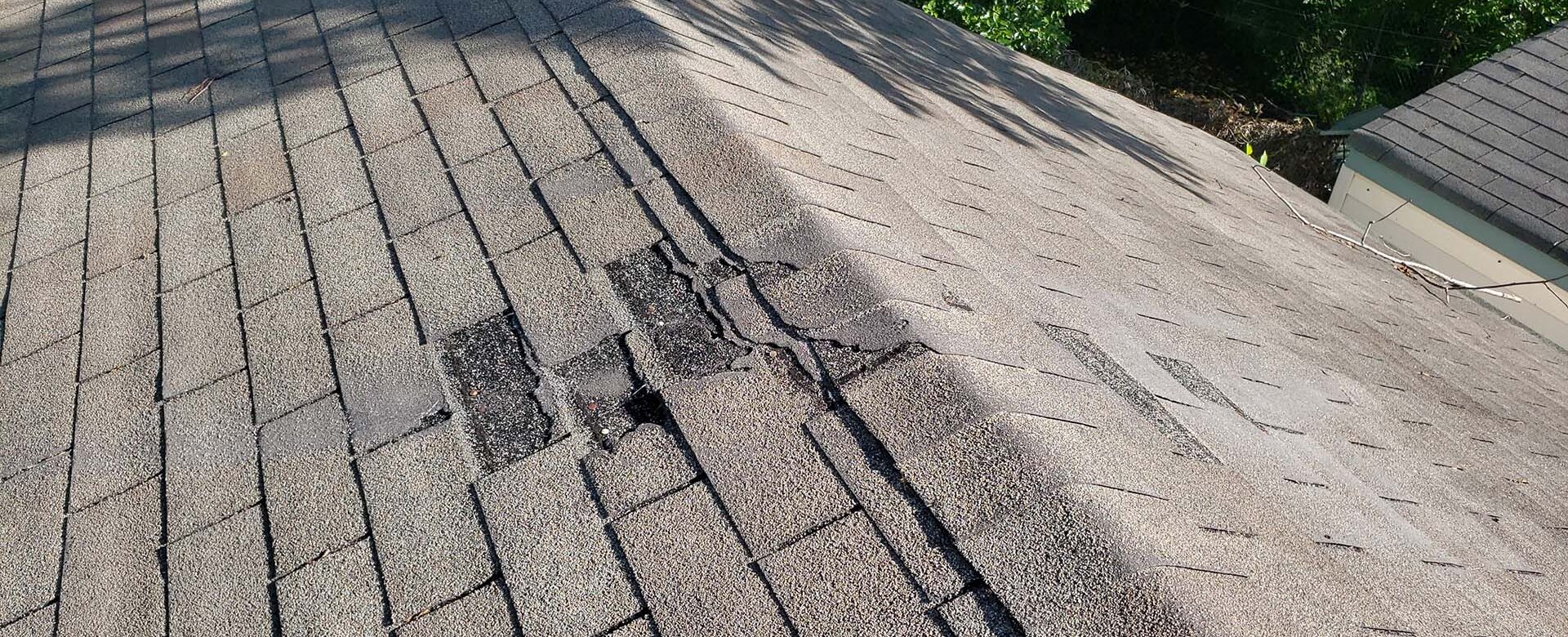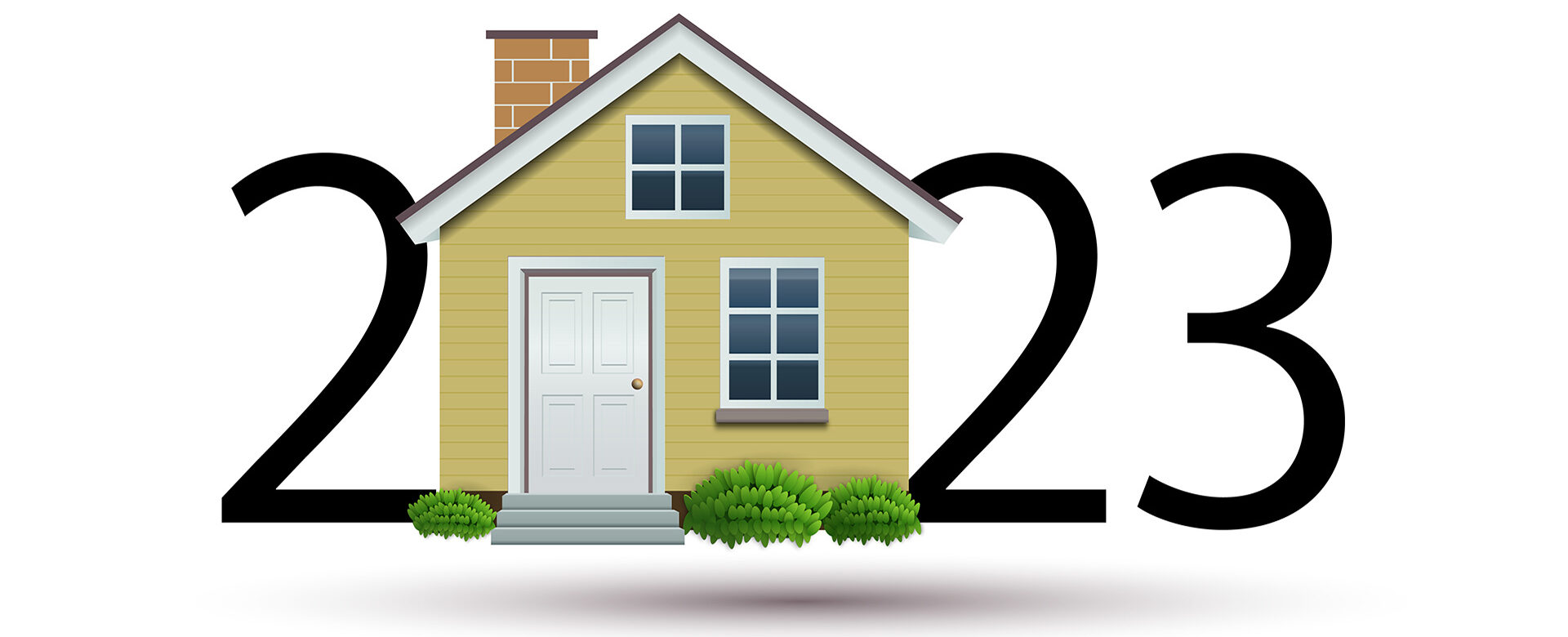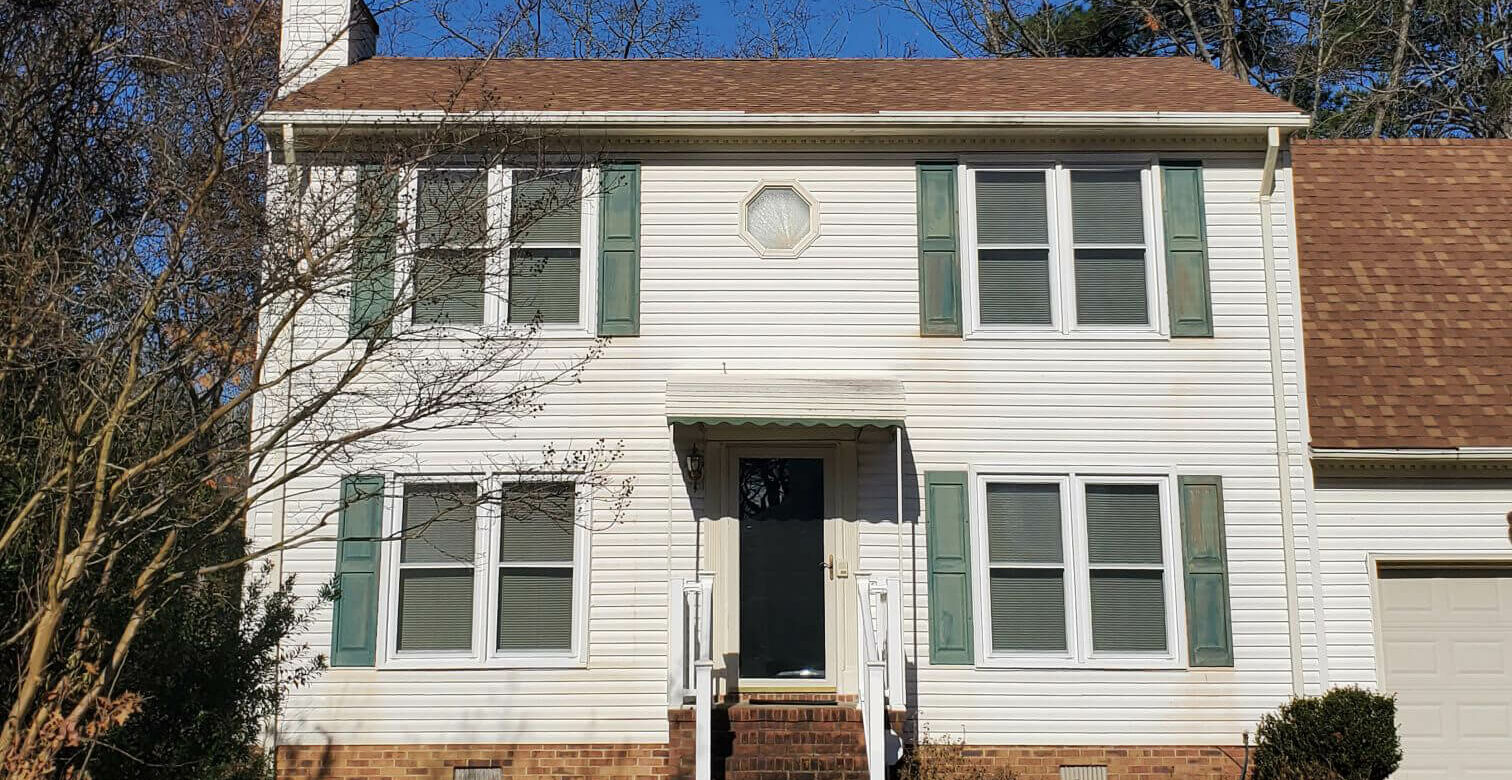In Southeast Virginia and the Hampton Roads region, roofs can take a serious beating.
Between strong coastal winds, heavy rain, tropical storm systems, and intense summer heat and humidity, it’s common for homeowners to discover roof damage and wonder if it’s just normal aging—or something that should be covered by insurance.
It’s a common homeowner question that we encounter: “Should I file an insurance claim for this?” Knowing the difference between everyday wear and tear and storm-related roof damage can help you avoid unnecessary claims, out-of-pocket expenses, and frustration with your insurance provider. Here’s how you can tell the difference—and what to do next.
Normal Roof Wear and Tear: What Insurance Typically Does Not Cover
Roofing materials naturally age over time, especially in the coastal climate of Southeast Virginia. Insurance companies generally do not cover damage caused by gradual, natural deterioration or lack of maintenance. Common examples of normal wear and tear include:
- Aging or brittle shingles that are near the end of their lifespan
- Granule loss on asphalt shingles, typically from age and long-term sun exposure
- Faded or discolored roofing materials
- Minor cracking or curling that are age-related/typical
- Small leaks caused by age—not a specific weather event
If your roof is 20–30 years old and showing these signs, it’s usually considered a maintenance or replacement issue rather than an insurable loss. In these cases, planning a roof replacement before major leaks develop is often the smartest move.
When Roof Damage May Be Covered by Insurance
Insurance typically applies when roof damage is caused by a sudden, identifiable event, such as severe weather. In Hampton Roads, this often means wind, hail, or tropical systems.
Roof damage that may warrant an insurance claim includes:
- Missing, torn, or lifted shingles after high winds
- Hail damage, including bruised or cracked shingles
- Impact damage from fallen tree limbs or debris
- Leaks that appear shortly after a storm
- Damage from hurricanes, tropical storms, or tornadoes
If roof issues show up immediately after a major storm—or you notice similar damage throughout your neighborhood—it’s a good sign that the damage may be insurable.
Step One: Get a Professional Roof Inspection
Before filing a roof damage insurance claim, it’s important to schedule a professional roof inspection with a licensed roofing contractor that is local to the Hampton Roads region and knows our local weather as well as the local insurance providers. A trained roofer can determine whether the damage is storm-related or simply age-related. The inspection should:
- Identify visible and hidden storm damage you may not be able to see from the ground
- Document findings with photos and written notes which can be submitted to your claims agent
- Provide a detailed repair or replacement estimate to give a “second opinion” to the insurance adjustor’s estimate
- Help you decide whether filing a claim makes financial sense at all
Step Two: Complete the Insurance Claim Process
If your roofing contractor determines the damage is likely covered, here’s how the process typically works:
- File a Claim with Your Insurance Company. You’ll contact your insurer and provide details about the storm or event that caused the damage. This is where the information from the roof inspection will come in especially handy.
- Meet with the Insurance Adjuster. An adjuster inspects your roof and evaluates the damage. Your contractor can often be present to ensure nothing is overlooked.
- Review the Insurance Estimate. The insurance company provides an estimate outlining approved repairs or replacement, minus your deductible. You may want to have your contractor review the estimate to ensure nothing was overlooked or underquoted.
- Complete Roof Repairs or Replacement. Once approved, your contractor completes the work according to the claim’s scope, providing any necessary documentation for your insurance company.
Step Three: Keep It Local
Having an experienced Hampton Roads roofing contractor involved helps ensure the insurance estimate reflects the full extent of the damage as well as the cost of local labor — not just what’s immediately visible or generic.
While not every roofing issue requires an insurance claim, ignoring any type of roof damage – storm-related or otherwise, can lead to much larger problems, including interior water damage and mold. If you’re unsure whether your roof damage is normal wear or something insurance should cover, Andrews Roofing is here to help you make an informed decision. Contact us today for a professional inspection, clear documentation, and support throughout the insurance claims process —without pressure or guesswork.





